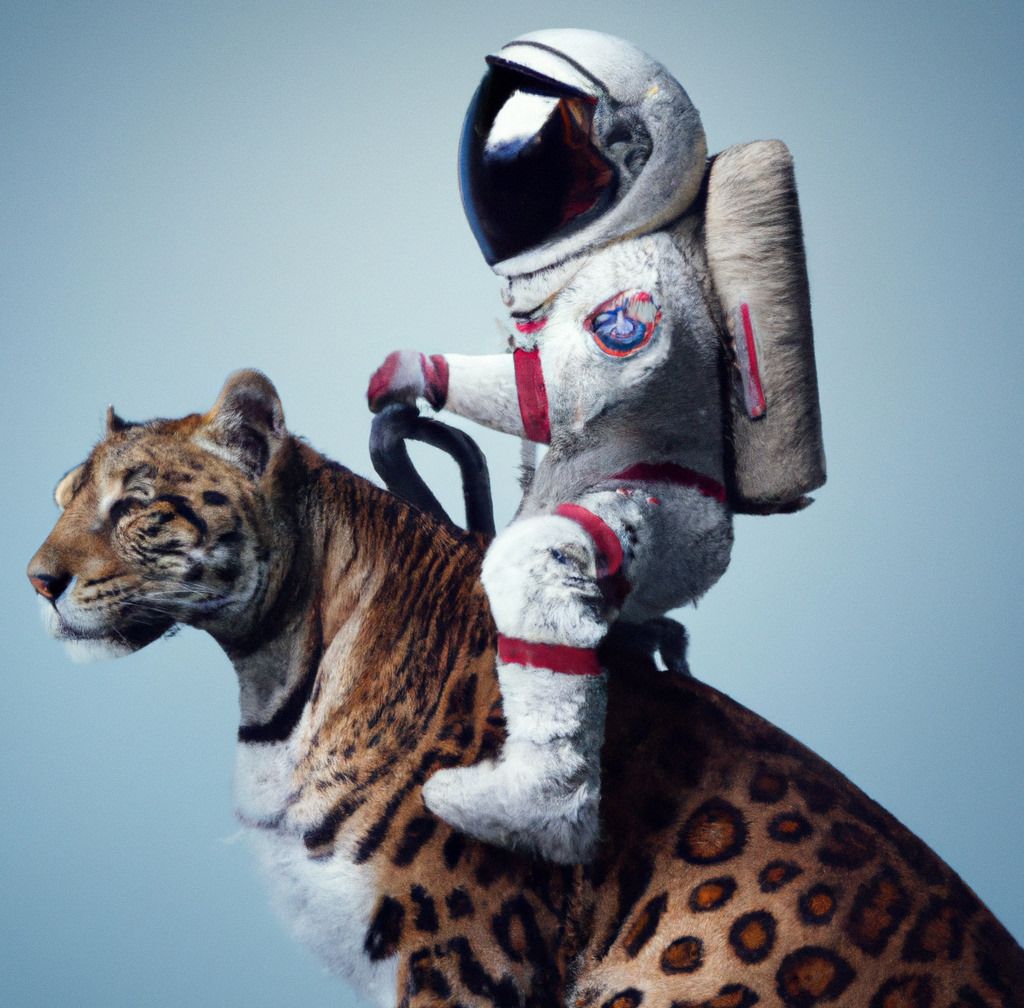Hit enter to search
Arrangement of Flying Car Races and Competition
From the Grand Prix to the Indy 500, races have long been a proving ground for automotive innovation. In a similar vein, flying car races and competitions are emerging as crucial platforms to test, improve, and popularize aerial vehicle technologies. Let’s soar through the pioneering events that are shaping the future of flying cars.
1. The Importance of Races and Competitions
Races aren't just about speed and competition; they’re catalysts for technological advancements. They drive engineers to push the boundaries of what’s possible, leading to innovations that often find their way into commercial models.
2. Notable Flying Car Races
- Airspeeder Grand Prix: Dubbed as the "F1 of the Skies," the Airspeeder series sees electric vertical takeoff and landing (eVTOL) vehicles competing in nail-biting aerial circuits. Beyond entertainment, the race pushes the envelope in eVTOL speed, agility, and safety systems.
- Urban Air Mobility (UAM) Challenges: Various organizations sponsor challenges that focus on the integration of flying cars into urban settings. These events test navigation, obstacle avoidance, and efficient urban transit.
3. Key Competitions Driving Innovation
- GoFly Prize: Sponsored by Boeing, the GoFly Prize encourages innovators worldwide to create personal flying devices. With its multi-million dollar prize pool, the competition has seen groundbreaking designs that prioritize safety, noise reduction, and compactness.
- Uber Elevate: Though not a competition in the traditional sense, Uber's Elevate initiative has been instrumental in promoting collaboration between eVTOL developers, fostering a competitive spirit to achieve the shared vision of urban air taxis.
4. Impact on Advancing Technology
- Safety Improvements: Competitive environments drive the development of advanced safety features, from better propulsion systems to failsafe mechanisms.
- Efficiency Breakthroughs: Races demand peak performance, leading to more efficient battery technologies and aerodynamic designs.
- Public Engagement: These events garner significant media attention, introducing the general public to the possibilities of flying car technology and increasing acceptance.
5. Challenges and Considerations
While races and competitions have undeniable benefits, they also pose challenges:
- Regulation: The rapidly evolving nature of flying car technology means that regulators struggle to keep pace, especially when it comes to ensuring safety during competitive events.
- Environmental Impact: The environmental implications of these events, especially in terms of noise and energy consumption, need to be addressed responsibly.
Conclusion
Races and competitions are more than just thrilling spectacles; they are vital arenas for technological progression. As flying car races gain popularity, they will undoubtedly play an instrumental role in refining the technology, improving safety standards, and bringing the dream of personal aerial mobility closer to reality.


